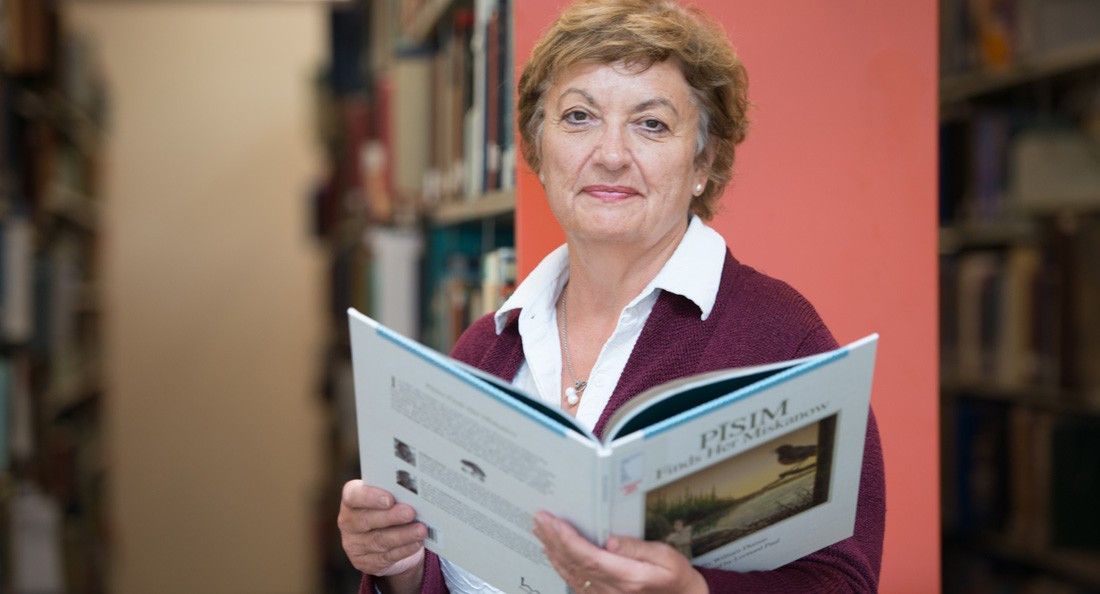Indigenous history brought to life
Storyteller is helping Indigenous people learn about their history
A Rocky Cree woman from 17th century Manitoba might give us a glimpse into a forgotten time in history.
William Dumas, a storyteller, is helping to create a series of six interactive story books based around Pīsim, a girl who lived in northern Manitoba. Her story is based on remains of a woman named Kayasochi Kikawenow, discovered in a well-preserved burial site, and a study of the findings was published in 1993. The first book, Pīsim Finds Her Miskanow, was published in 2013.
The Centre for Young People’s Texts and Cultures (CRYTC) will help create these books based on a period of time when Indigenous people were just starting to hear about Europeans.
Mavis Reimer, director for the Six Seasons of the Asiniskow Ithiniwak: Reclamation, Regeneration, and Reconciliation project, says this era of history is largely unknown to researchers.
“Typically, the curriculum focuses on centuries ago, before the white men got there, and of course we know a lot about the residential schools. But that first period of contact, where Indigenous people were starting to hear about (Europeans), we don’t hear a lot about that,” Reimer says.
Dumas saw this as an opportunity to teach young Indigenous people about their history and approached Reimer with creating a semi-fictional picture book based around the story of Pīsim.
Dumas says this project gives Indigenous people a glimpse at life before colonization.
“The young people are lost today, because they don’t know where they come from, they don’t know where they need to go. I thought, there’s got to be a medium where reclamation can happen, where young people can see the beauty of the old (Indigenous) people,” Dumas says.
One of the items discovered among Kikawenow’s remains was a bead necklace. The necklace had two beads that were traced back to a craftsman all the way from Italy. According to Reimer, she probably never saw a European in her life.
Reimer says this project will also allow people a new look into Indigenous reconciliation.
“I think this relates to reconciliation. One of the things that is repeated in the (Truth and Reconciliation) Call to Action is this call to Canadians to reconceptualize their relationship between Indigenous and non-Indigenous people. The initial relationship was one of mutuality, support, mutual benefits. By working at the proto-contact period, we’re trying to understand ‘what does mutuality look like? What might a mutual process look like now?’”
Published in Volume 72, Number 1 of The Uniter (September 7, 2017)







